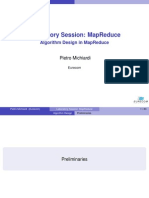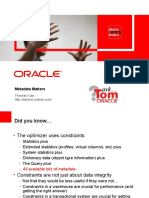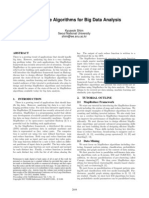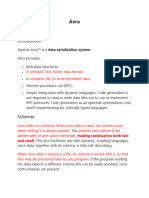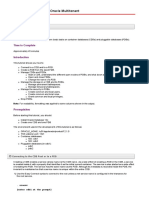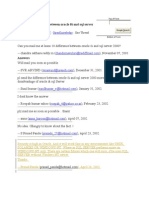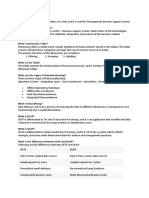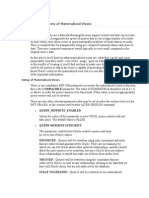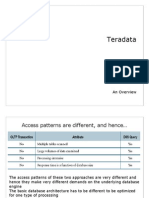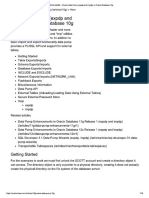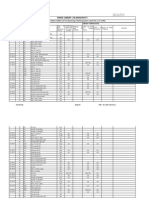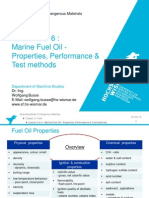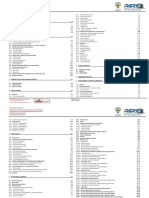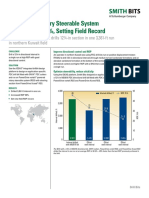0% found this document useful (0 votes)
73 views18 pagesM12 Indexing in DBMS
Indexing is a technique used to optimize database performance by allowing faster retrieval of records. An index contains a copy of key fields from the actual data sorted in a data structure like a B-tree to allow quicker searches. There are different types of indexes including primary indexes with dense and sparse variants, secondary indexes on non-key fields, and clustering indexes where the data is stored in the index itself grouped by common attributes. Indexes improve retrieval speed but can slow down write operations like inserts and decreases as the indexes also need maintenance.
Uploaded by
Nadia AuroraCopyright
© © All Rights Reserved
We take content rights seriously. If you suspect this is your content, claim it here.
Available Formats
Download as PDF, TXT or read online on Scribd
0% found this document useful (0 votes)
73 views18 pagesM12 Indexing in DBMS
Indexing is a technique used to optimize database performance by allowing faster retrieval of records. An index contains a copy of key fields from the actual data sorted in a data structure like a B-tree to allow quicker searches. There are different types of indexes including primary indexes with dense and sparse variants, secondary indexes on non-key fields, and clustering indexes where the data is stored in the index itself grouped by common attributes. Indexes improve retrieval speed but can slow down write operations like inserts and decreases as the indexes also need maintenance.
Uploaded by
Nadia AuroraCopyright
© © All Rights Reserved
We take content rights seriously. If you suspect this is your content, claim it here.
Available Formats
Download as PDF, TXT or read online on Scribd
/ 18












